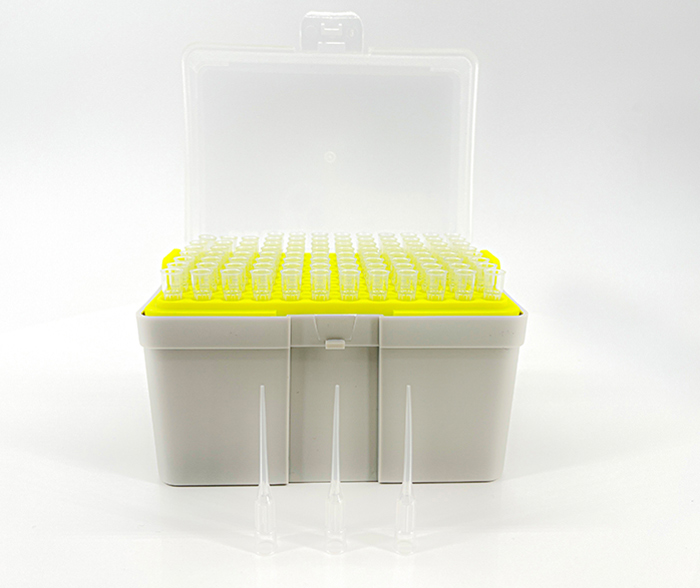How to Choose the Best 20μl Universal Pipette Tips for Rainin Pipettes
2024-12-26
Selecting the right pipette tips can significantly impact the accuracy and efficiency of laboratory work. With numerous options available, it is essential to choose tips that meet the specific needs of your experiments. This blog provides a guide to selecting the best 20μl universal pipette tips for Rainin pipettes.
Factors to Consider When Choosing Pipette Tips:
1. Compatibility:
- Ensure the tips are designed for Rainin pipettes and other compatible models.
2. Material Quality:
- Opt for tips made from high-grade polypropylene to ensure durability and minimal liquid retention.
3. Sterility:
- Choose sterile, autoclavable tips to avoid contamination in sensitive applications.
4. Design Features:
- Look for features like low-retention surfaces and ergonomic designs for ease of use.
Benefits of Using the Right Pipette Tips:
1. Accuracy and Precision:
- High-quality tips ensure consistent and accurate liquid measurements.
2. Cost-Effectiveness:
- Reusable and autoclavable tips reduce costs in the long run.
3. Ease of Handling:
- Ergonomically designed tips enhance comfort during extended use.
Best Practices for Using Pipette Tips:
1. Inspect Tips Before Use:
- Check for any defects or irregularities that might affect performance.
2. Use Proper Techniques:
- Follow best practices for pipetting, such as pre-wetting the tips and maintaining consistent angles.
3. Regular Maintenance:
- Clean and calibrate your pipettes regularly to ensure optimal performance.
Why Choose Rainin-Compatible Tips?
Rainin pipettes are renowned for their precision, and using compatible 20μl universal tips ensures:
- Seamless fitting and secure attachment.
- Enhanced performance with minimized errors.
- Versatility for various laboratory applications.
Selecting the right 20μl universal pipette tips for Rainin pipettes is a critical step in ensuring reliable and accurate results in laboratory workflows. By considering factors like compatibility, material quality, and sterility, you can enhance your pipetting experience and improve experimental outcomes. Trust only high-quality pipette tips to make every drop count.



